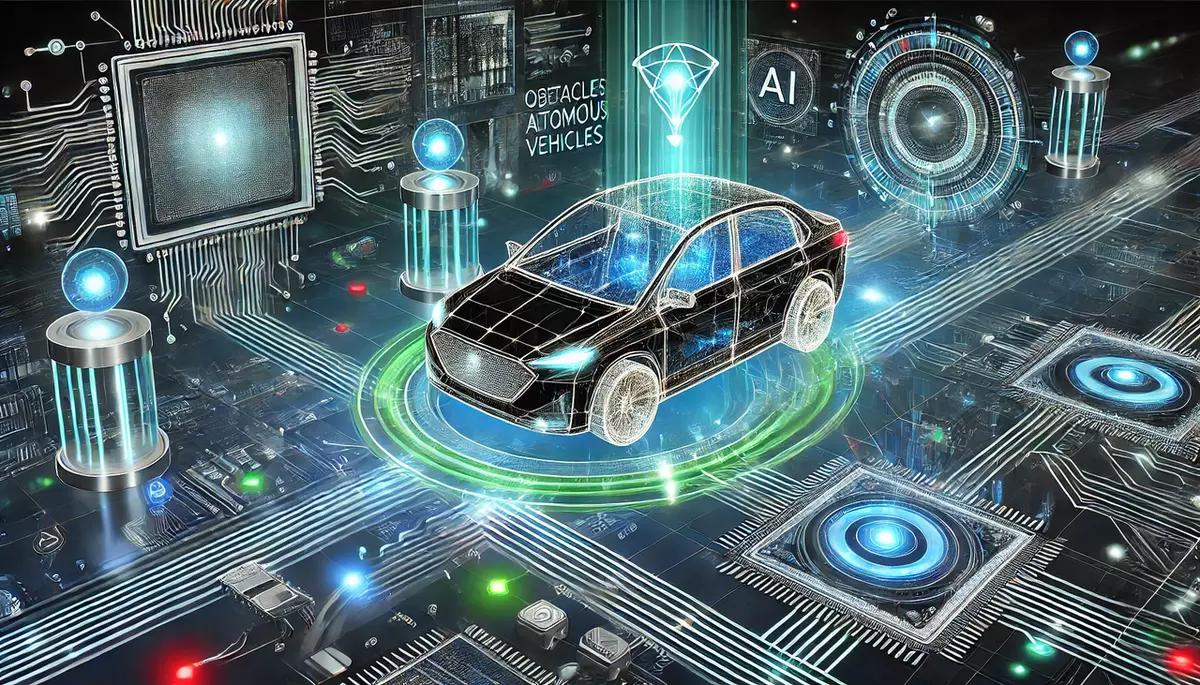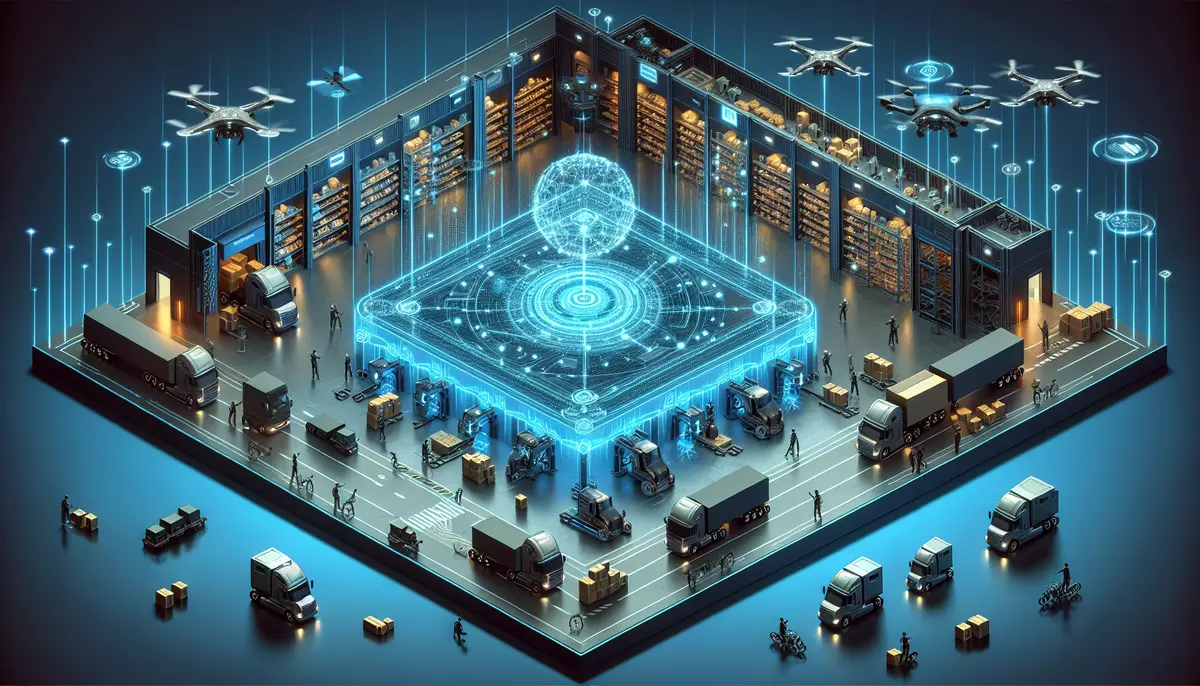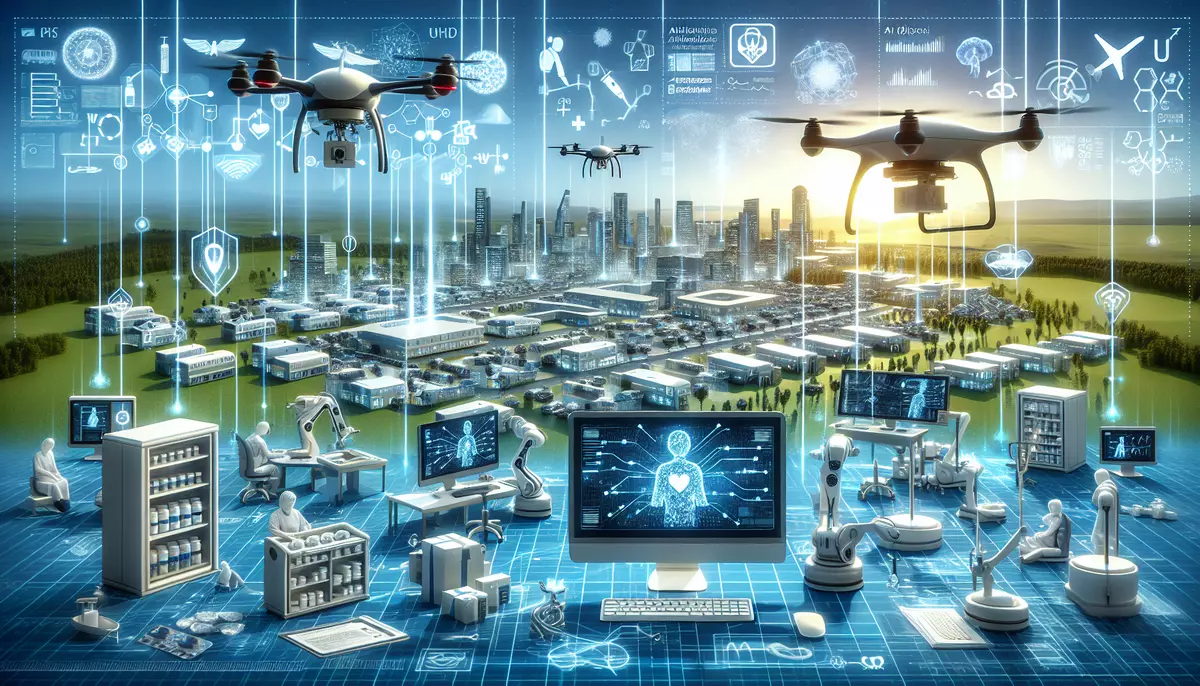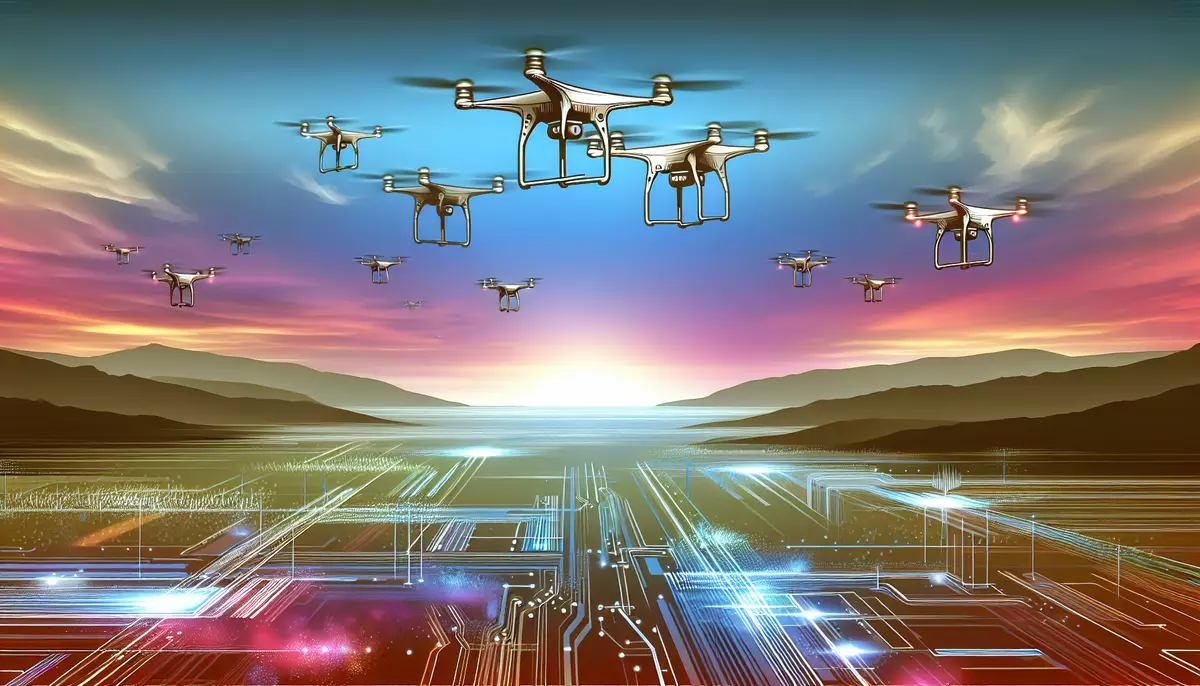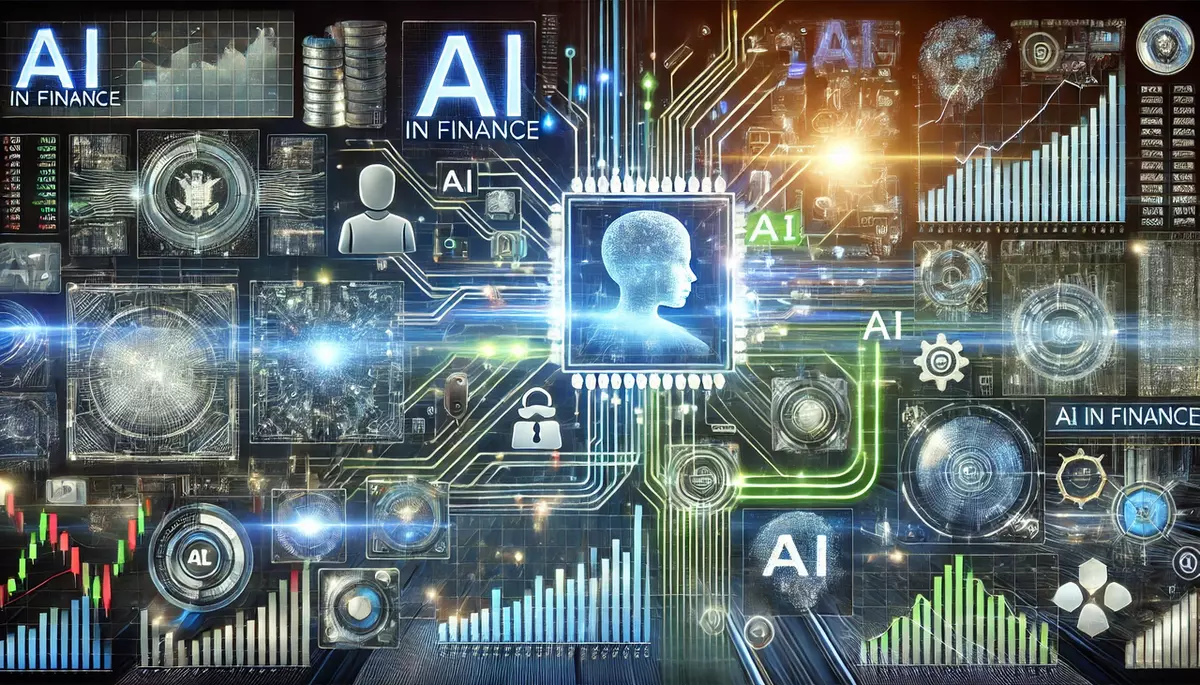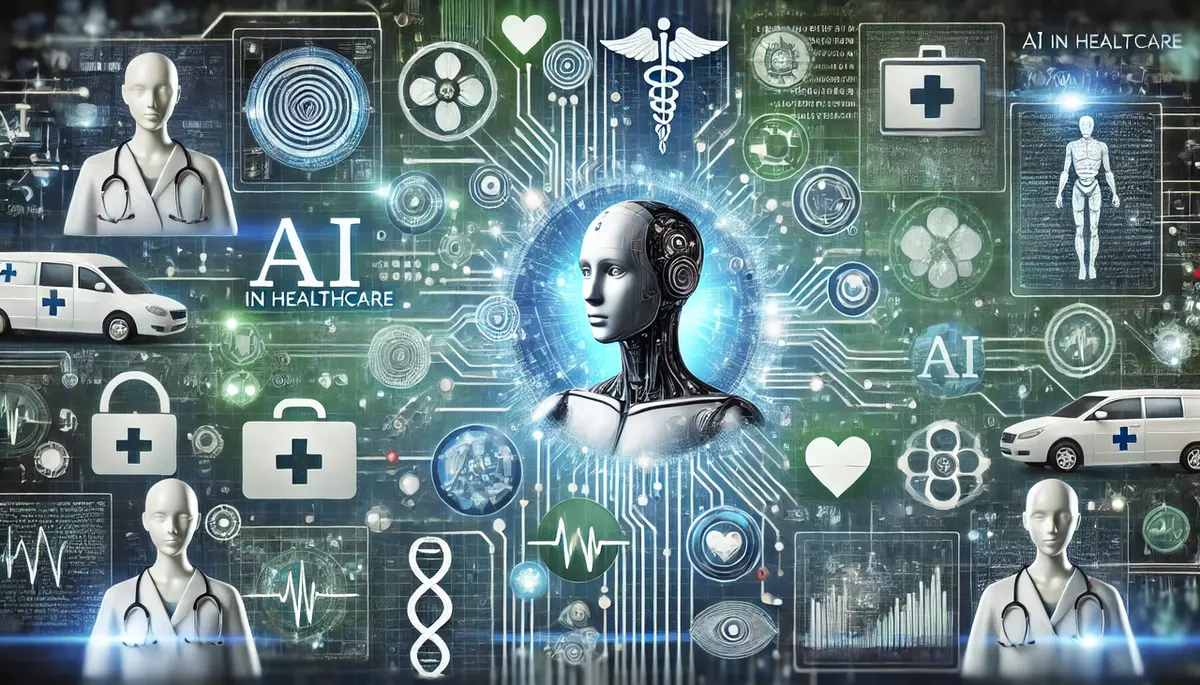Introduction
The integration of artificial intelligence (AI) in autonomous vehicles is revolutionizing the transportation industry. This knowledge base article explores the role of AI in autonomous vehicles, its key applications, the current state of the technology, and the future implications for the industry.
What is AI in Autonomous Vehicles?
AI in autonomous vehicles refers to the use of advanced algorithms, machine learning, and deep learning techniques to enable vehicles to perceive their environment, make decisions, and navigate without human intervention. This technology is essential for the development of fully autonomous, or self-driving, vehicles.
Key Applications of AI in Autonomous Vehicles:
- Perception and Sensing: AI-powered sensors, such as cameras, LiDAR, and radar, help autonomous vehicles perceive their surroundings and detect objects, pedestrians, and other vehicles.
- Decision-Making: AI algorithms analyze sensor data and make real-time decisions about navigation, route planning, and responding to changing road conditions.
- Predictive Modeling: AI-based predictive models help autonomous vehicles anticipate the behavior of other road users and plan accordingly.
- Adaptive Control: AI-enabled systems allow autonomous vehicles to adapt their driving behavior to different environments and weather conditions.
Current State of AI in Autonomous Vehicles
The development of AI-powered autonomous vehicles is an active area of research and development, with major technology companies and automakers investing heavily in this field. While fully autonomous vehicles are not yet widely available, significant progress has been made in recent years.
Key Advancements:
- Improved Sensor Technology: Advancements in LiDAR, radar, and camera sensors have enhanced the perception capabilities of autonomous vehicles.
- Advances in Deep Learning: Improved deep learning algorithms have enabled more accurate object detection, classification, and decision-making.
- Increased Computing Power: The availability of powerful GPUs and specialized AI chips has allowed for real-time processing of sensor data and decision-making.
- Extensive Testing and Validation: Autonomous vehicle companies are conducting extensive testing and validation to ensure the safety and reliability of their systems.
Challenges and Limitations
Despite the significant progress, there are still several challenges and limitations that need to be addressed before fully autonomous vehicles become a reality.
Key Challenges:
- Ethical Considerations: Developing ethical frameworks and decision-making algorithms for autonomous vehicles in complex situations.
- Regulatory Hurdles: Establishing comprehensive regulations and safety standards for the deployment of autonomous vehicles.
- Cybersecurity Risks: Ensuring the security of autonomous vehicle systems against cyber threats and hacking attempts.
- Technological Limitations: Improving the reliability and robustness of AI-based perception, decision-making, and control systems.
Future Outlook and Implications
As the development of AI-powered autonomous vehicles continues, the technology is expected to have far-reaching implications for the transportation industry and society as a whole.
Potential Future Developments:
- Increased Safety: Autonomous vehicles have the potential to significantly reduce the number of accidents caused by human error.
- Improved Mobility: Autonomous vehicles could provide greater accessibility and mobility for the elderly, disabled, and underserved communities.
- Reduced Environmental Impact: Autonomous vehicles can be integrated with smart city infrastructure and renewable energy sources to reduce emissions and energy consumption.
- Transformation of Transportation Services: The widespread adoption of autonomous vehicles could lead to the disruption of traditional transportation models, such as ride-sharing, delivery, and logistics.
Conclusion
The integration of AI in autonomous vehicles is a critical step towards the future of transportation. As the technology continues to evolve, it promises to enhance safety, improve mobility, and transform the way we move goods and people. However, addressing the challenges and limitations will be crucial for the successful deployment of AI-powered autonomous vehicles.
This knowledge base article is provided by Fabled Sky Research, a company dedicated to exploring and disseminating information on cutting-edge technologies. For more information, please visit our website at https://fabledsky.com/.
References
- Litman, T. (2021). Autonomous Vehicle Implementation Predictions: Implications for Transport Planning. Victoria Transport Policy Institute.
- Milakis, D., van Arem, B., & van Wee, B. (2017). Policy and society related implications of automated driving: A review of literature and directions for future research. Journal of Intelligent Transportation Systems, 21(4), 324-348.
- Fagnant, D. J., & Kockelman, K. (2015). Preparing a nation for autonomous vehicles: opportunities, barriers and policy recommendations. Transportation Research Part A: Policy and Practice, 77, 167-181.
- Ohn-Bar, E., & Trivedi, M. M. (2016). Looking at humans in the age of self-driving and highly automated vehicles. IEEE Transactions on Intelligent Vehicles, 1(1), 90-104.
- Yurtsever, E., Lambert, J., Carballo, A., & Takeda, K. (2020). A survey of autonomous driving: Common practices and emerging technologies. IEEE Access, 8, 58443-58469.

